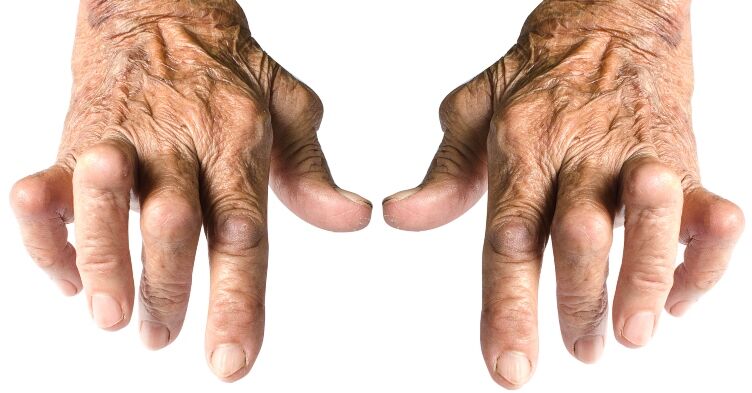Research: Remote consultations for medical terminations ‘safe and acceptable’
The Covid-19 pandemic has changed the dynamics of the healthcare services in primary care, including medical termination of pregnancy (MTOP). In March last year, the Royal College of Obstetricians and Gynaecologists issued guidelines for MTOP during the pandemic.
The change from reviewing patients face to face to doing so via telemedicine can make some clinicians and patients feel apprehensive.
But Aiken and colleagues (2021) have provided data that should offer reassurance that remote MTOP without an ultrasound can be safe, effective and acceptable to women. They gathered data from three abortion providers to compare two cohorts who had aborted at home at 69 days’ gestation or earlier.
Data from electronic records were used to analyse a total of 52,142 abortions in England and Wales. Women in the first cohort (n=22,158) were seen face to face in the traditional way, with ultrasound, between January and March 2020. The second group (n=29,984) were seen via a telemedicine-hybrid model, without ultrasound, between April and June 2020; 61% were seen in person and 39% via telemedicine.
Mean waiting time for referral to treatment for the hybrid model was 4.2 days shorter and more abortions were provided at six weeks or earlier (40% vs 25% in the traditional group). Rates of successful completion were similar (98.8% in the hybrid model versus 98.2% in the traditional model, as were serious adverse incident rates). In the hybrid model, 0.04% of women were past 10 weeks’ gestation at termination, but all procedures were safely completed. Effectiveness was higher in the hybrid model (99.2% vs 98.1%); 96% of this group found telemedicine acceptable, with 80% expressing a preference for the model in the case of future termination.
The main limitations were it was not possible to follow up patients or to review all communications between providers and the NHS. Covid restrictions played a part, and also may have made patients less likely to report complications.
This study demonstrates that incorporating telemedicine is safe and effective, and improves access for vulnerable groups. It suggests the model could become a routine part of MTOP.
References
Royal College of Obstetricians and Gynaecologists. Coronavirus Infection and Abortion Care. London: RCOG, 2020.
Aiken A et al. Effectiveness, safety and acceptability of no-test medical abortion provided via telemedicine. BJOG 2021;128(9):1464-74.
Research: Ethnic differences contribute to disparity in uptake of arthritis drugs
Selvaskandan and Moorthy conducted a retrospective cross-sectional study at an NHS outpatient biologic therapy counselling clinic in Leicester, an ethnically diverse city. A total of 91 patient cases were reviewed via clinic letters and medical records.
It is not always possible to review behavioural patterns across ethnicities when advocating a treatment plan. However, attitudes to treatment are important, especially in long-term conditions such as rheumatic disease. Identifying barriers to acceptance of therapies among ethnic groups has the potential to reduce health inequalities.
The study shows significant differences in uptake of biological disease-modifying anti-rheumatic drugs (DMARDs) between ethic groups. Of the patients who declined treatment, almost 68% were from minority ethnic groups – equating to one in four patients from these groups offered a DMARD). Socio-economic factors, cultural differences and language barriers and are all likely reasons, the researchers argue.
Outcomes for rheumatological diseases vary with ethnicity, and while physiological factors have a role, the study suggests attitudes to drugs are important in long-term conditions.
It is vital to understand what lies behind these disparities if we are to close gaps in outcomes. This will require an insight to patients’ health beliefs, social status, family dynamics, or even their reluctance to ask clinicians questions about a treatment they are not familiar with – especially if English is not their first spoken language.
This study was limited by its small sample size but there is the potential to broaden the research to provide more detailed analysis of the factors influencing treatment acceptance.
Reference
Selvaskandan H and Moorthy A. An ethnic variation in the acceptance of biological disease-modifying therapies. Cureus 2021;13(5):e15270.






